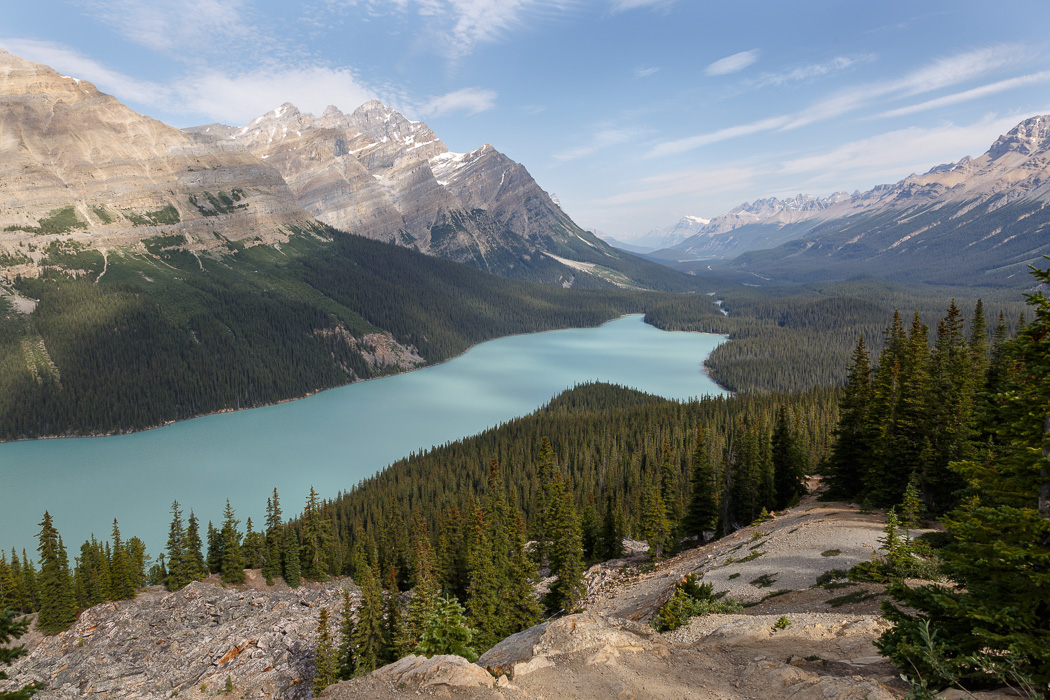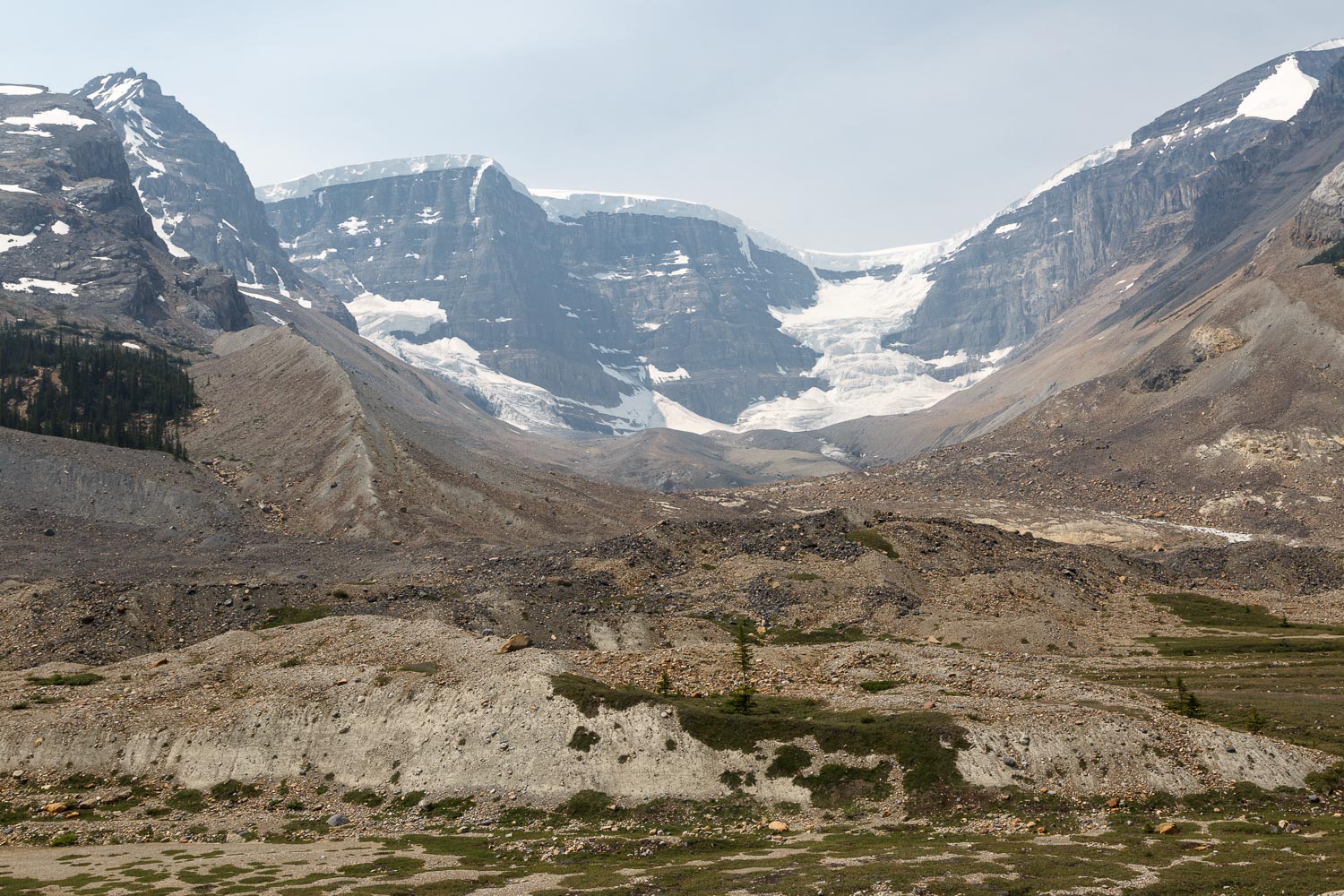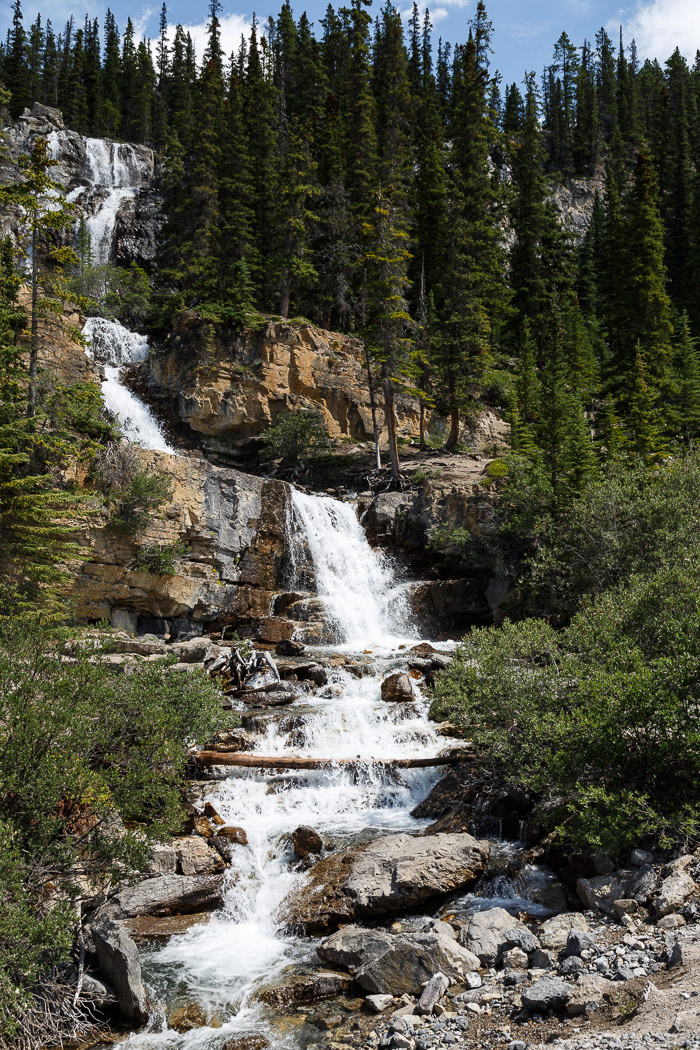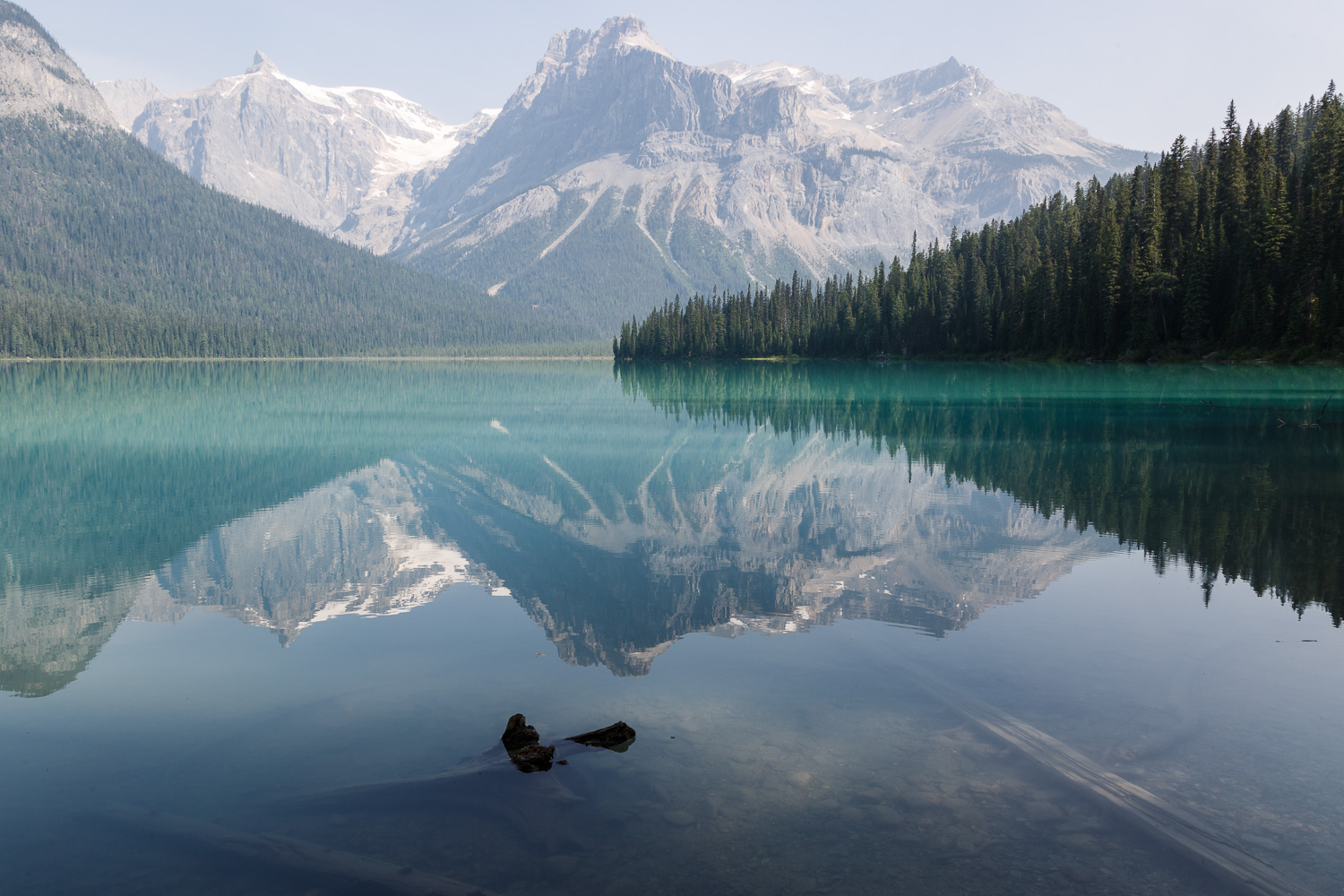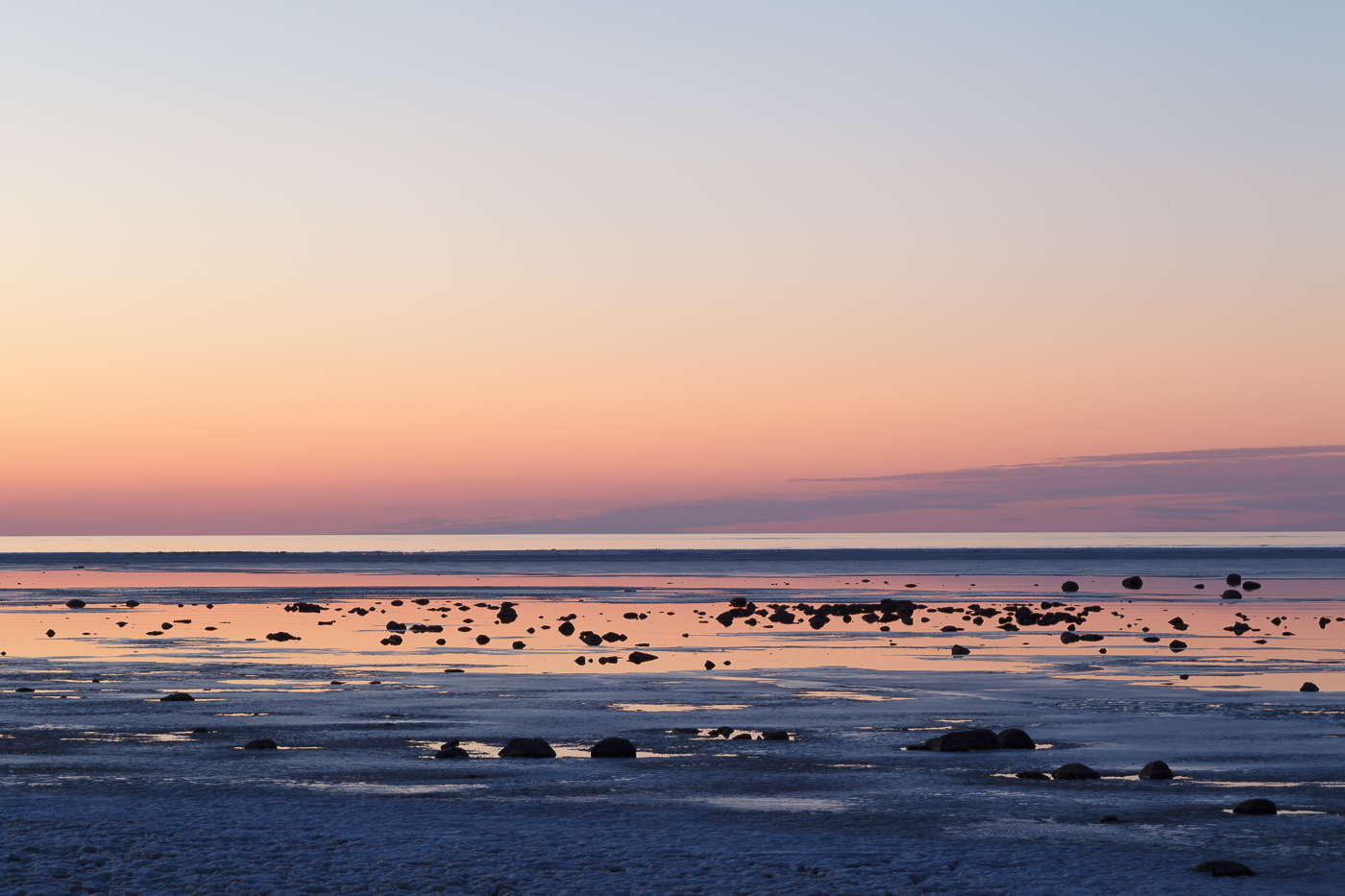I recently spent a week in the Canadian Rockies with my son Scott. Seeing and photographing this part of Canada was something I'd wanted to do for a long time. The scenery is spectacular: snow-topped mountains, turquoise lakes, evergreen forests, all so beautiful it takes your breath away.
Mount Rundle with Banff below
Peyto Lake
Sunrise at Moraine Lake
Sunrise at Lake Louise
Sunrise conditions at both lakes wasn't ideal but walking the trails at the edge of Moraine Lake and Lake Louise was a great way to spend a few hours.
Lake Louise with Chateau Lake Louise in the background
The poppy garden at Chateau Lake Louise
Yellow Iceland Poppy
Red Oriental Poppy
On several days backgrounds were obscured by a haze from forest fires that had been burning for some time. Images on those days lacked punch.
Columbia Ice Field
Emerald Lake
Beauty Creek Waterfall at Tangle Ridge
Emerald Lake
Although the weather wasn't ideal the trip was a success. Simply being there, surrounded by impressive scenery on a major scale, stopping often to take it in more deeply, was more than enough. And knowing it's my own country made it all the more special. Having a camera focuses my attention and helps me see more clearly. I will go back, and I will take more pictures, and perhaps the weather conditions will be more favourable. Sharing this trip with Scott was a delight.

